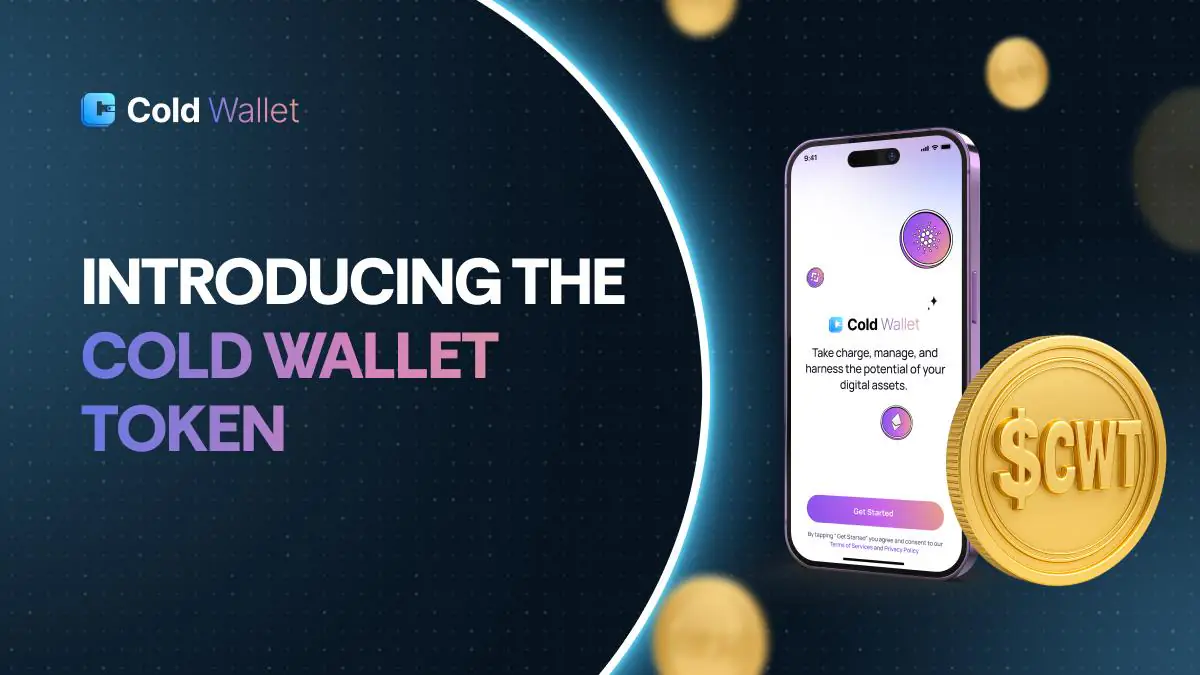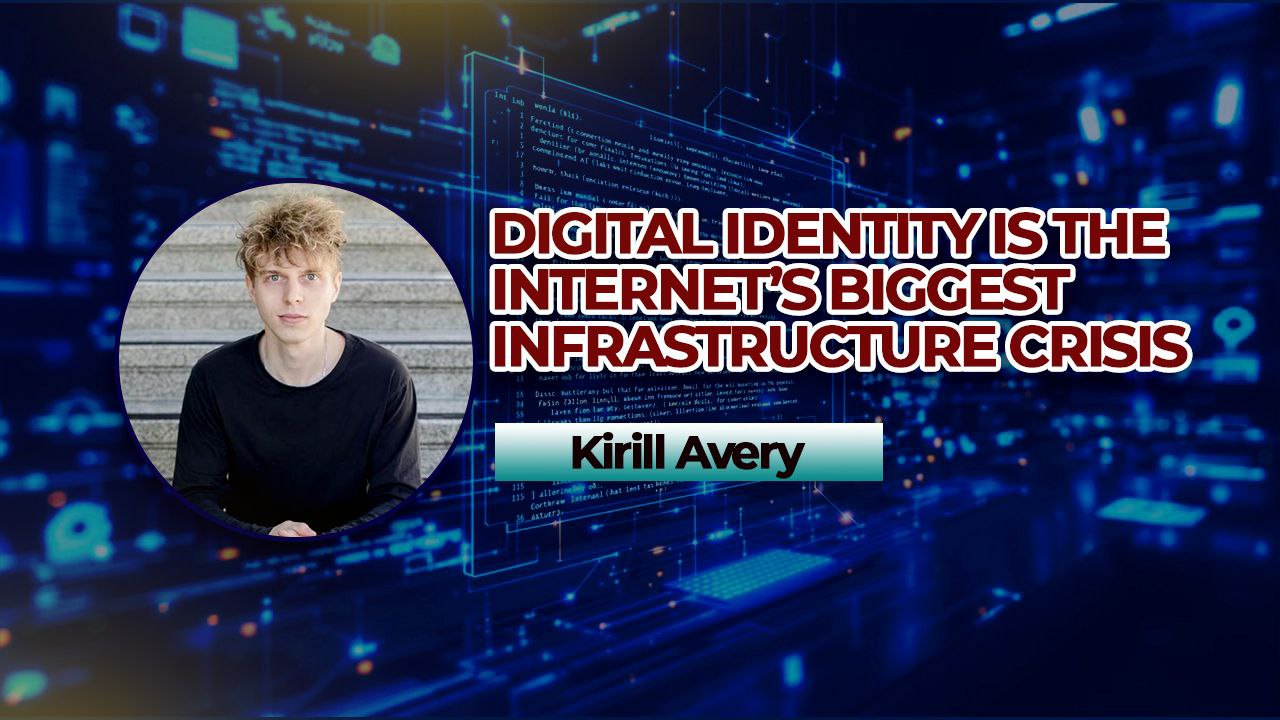Arbitrum submits proposal to build Ronin L2 as an Orbit chain
A new proposal suggests the building of Ronin L2 as an Arbitrum Orbit chain, with this coming as the Ronin team plans to migrate the gaming chain into a full-fledged, Ethereum-aligned layer 2 by 2026.
- A proposal that seeks to build Ronin L2 on Arbitrum is live.
- The move comes as Ronin, launched as layer 1 blockchain by Sky Mavis, looked to return to Ethereum as a full-fledged L2 chain.
- RON will power the new chain’s ecosystem as a gas fees token.
According to the proposal, Arbitrum (ARB) is uniquely positioned to help Ronin (RON) as the L2 looks to return to Ethereum (ETH). With Arbitrum boasting a dedicated web 3 gaming venture arm, the proposal to build Ronin as an L2 on the Orbit chain means Arbitrum will be more than a technical partner.
Ronin L2 on Arbitrum Orbit chain will be powered by RON and backed by Arbitrum Gaming Ventures.
Why on Arbitrum Orbit?
The initiative will see Ronin benefit from native support for RON as a gas token, transaction speed, customizability and self-governance and optimized fee revenue for validators.
Notably, Arbitrum Orbit is the only L2 stack on Ethereum that offers native support for all four ecosystem functionalities without the hacks, workarounds or degraded upgradeability.
What this means is that Ronin users will have the opportunity to tap into Arbitrum’s L2 benefits of instant transactions and gaming community support. In this case, the L2 will also accelerate web3 gaming adoption for Ronin. This has the potential to result in greater integration across the Ethereum ecosystem.
Also set to benefit will be the native Ronin token RON, with usage bolstered across the L2 network.
Ronin ahead of migration to Ethereum
Ronin launched as a layer-1 blockchain in 2021, developed by Sky Mavis as the company looked to address challenges of scalability for Axie Infinity (AXS). The blockchain went live with a proof-of-authority consensus model before transitioning to delegated proof-of-stake in 2023.
The EVM-compatible chain supports various tools designed to help gaming developers and has integrated ecosystem solutions like Chainlink’s cross-chain interoperability protocol for security and cross-chain token transfers. Ronin also supports cross-chain non-fungible tokens and decentralized finance applications.
Recent network developments include the launch of Open Ronin via Project Leviosa, a move that helped push the blockchain beyond its gaming-centric model to a platform that supports smart contracts for DeFi, infrastructure, and consumer applications.
The transition into an L2 on Ethereum is part of the mission to become “the gamification engine of Ethereum”, the Ronin team recently noted.
You May Also Like

Cold Wallet Pays USDT for Referrals While Ripple Eyes $6.3 Target and Bonk Burns Trillions in Crypto Strategy

The HackerNoon Newsletter: Can AI Save Centuries of Kurdish History? (8/19/2025)
